3D-Printed Spine Rounding Tool
Spine rounding tools are used to… round spines of covers when one is making case bound books. Alternatively, they may be used to form a rounded spine of a book block.
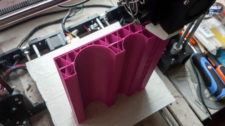
Spine rounding tools are used to… round spines of covers when one is making case bound books. Alternatively, they may be used to form a rounded spine of a book block. Continue reading →
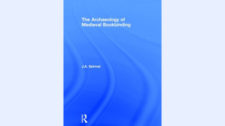
If want to buy only one book on the practical history of the Medieval bookbinding, that has to be The Archaeology of Medieval Bookbinding by Janos Alexander Szirmai. And here is the good news: book was just reprinted by the Routledge academic publishing house. What’s even better, this time you can choose from hardcover, paperback or digital edition of the book! Continue reading →
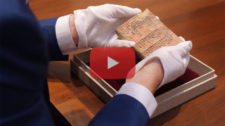
This 3,800-year-old Babylonian clay tablet is supposed to be the oldest surviving trigonometric table. It is at least 1,000 years older than works of the Greek mathematician Pythagoras. Continue reading →
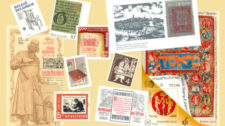
A few months ago I’ve bought some Romanian stamps to use them to illustrate one of the videos I’ve been making at the moment. That brought my attention to the subject of book-themed stamps. Over the past months my collection was growing steadily and I want to share my progress with you today. Continue reading →

As some of you may know I work in a high school. Our new librarian wants to improve cataloguing system of the school’s library – the previous librarian has used some mix of paper catalog and Excel spreadsheets. The final inventory showed that she had done a very poor job. Continue reading →
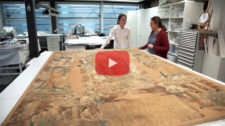
This project is a bit out of our general scope. However, subject of cloth restoration and conservation in general and matters of working with silk in particular may be of interest to some of bookbinders. Continue reading →

This July results of the 3rd Designer Bookbinders International Bookbinding Competition were announced. Bookbinders from 34 countries decided to participate in the Competition and 28 prizewinners were chosen out of 184 entries. Continue reading →
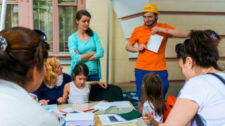
It surprises me how fast these two years have passed since my wife and I have bought iBookBinding.com. So many things are done and even more things remain on different stages of planning and implementation. Its a great pleasure to work on that project and to have this connection with a passionate and diverse community of bookbinders from all over the world. Continue reading →
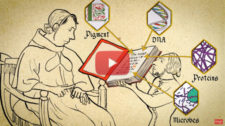
“Every book has a biological story to tell. Pigment, DNA, proteins, microbes. Much more than what is written on the page. The big question is with Ancient books—rare and delicate objects—how do we access this buffet of boilogical clues, without damaging them?” Continue reading →
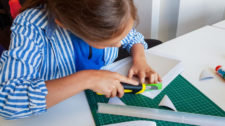
This corner cutting jig wasn’t my first experience with 3d-printing tools for bookbinding. However, it was the first one to be practical and something that I really liked to use! Continue reading →

So, my wife is on a business trip to London this week. It is mostly 10-hour shifts of controlling marketing research projects, but she will have some free time on Friday and on the weekend. And I’d like her to bring me back some nice bookbinding souvenir! Continue reading →
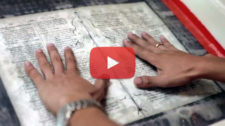
There are many different steps involved in the book restoration process. Some of them are about doing something with the book, during others specialists are cataloging and preserving information about the book for future use and research. Continue reading →
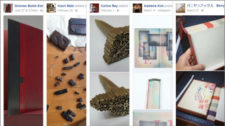
This month we retutrn with a new collection of links to beautiful bookbinding-themed Facebook accounts. Continue reading →
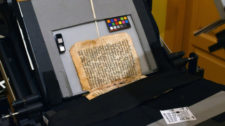
For quite a long time writing materials were a very expensive thing. It is not surprising that Mediaeval scholars were looking for some ways to cut the costs or recycle the materials. That’s how palimpsests were introduced. Often the old not-so-important texts were scraped or washed off from the leather (or papyrus) pages to allow for the new texts to be written over. This time the unimportant text of the medical recipe book attributed to Hippocrates was replaced by a layer of Bible text known as the “Sinaitic manuscript”. Continue reading →
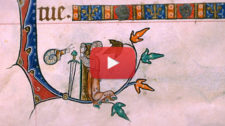
Illuminated manuscripts have lots of different creatures depicted on the margins. Some of them are real, others are not. One would be ready to find a knight fighting a dragon on the margins of a Medieval book. Knight fighting a snail? That’s some else! Continue reading →
Sorry, the free version of ShopWP is no longer supported. Please upgrade to ShopWP Pro to continue using this plugin.